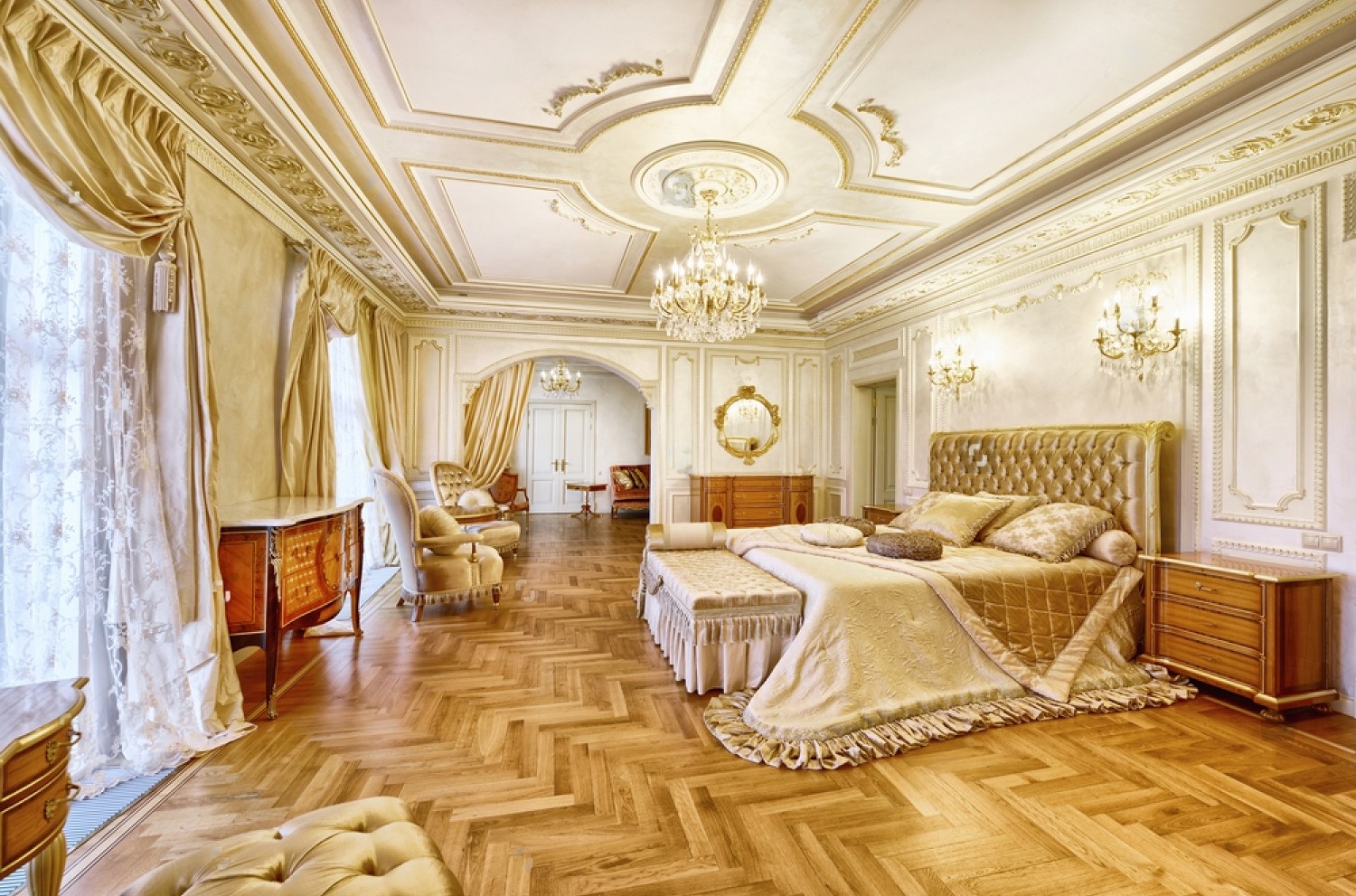HOME TEXTILES MARKET INNOVATION AND TECHNOLOGICAL ADVANCEMENTS SUSTAINABILITY AUGMENTED & VIRTUAL REALITY NATIONAL
MUMBAI, MAHARASHTRA, INDIA
By IFAB MEDIA - NEWS BUREAU - May 29, 2023 | 877 8 minutes read
Home textiles play a significant role in enhancing the aesthetics and comfort of our living spaces. They encompass a wide range of products, including bedding, curtains, towels, rugs, upholstery fabrics, and more. Further, Indian home textiles encompass a wide range of products that are used for decorating and furnishing homes. These textiles reflect the rich cultural heritage, traditional craftsmanship, and artistic traditions of India.
The home textiles industry has been evolving over time, responding to changing consumer preferences, technological advancements, and sustainability concerns. In the context of the Indian market, the home textile industry is growing with leaps and bounds and in the process has attracted the attention of foreign brands that have entered the Indian markets on their own or through joint ventures. This has happened due to the growing affluence levels of Indian consumers who are becoming more and more demanding by asking for exquisite home textile fabrics. The growth in Indian home textiles is supported by growing household income, increasing population, rising income levels, increase in organized retail, and growth of end-use sectors like housing, hospitality, and healthcare.
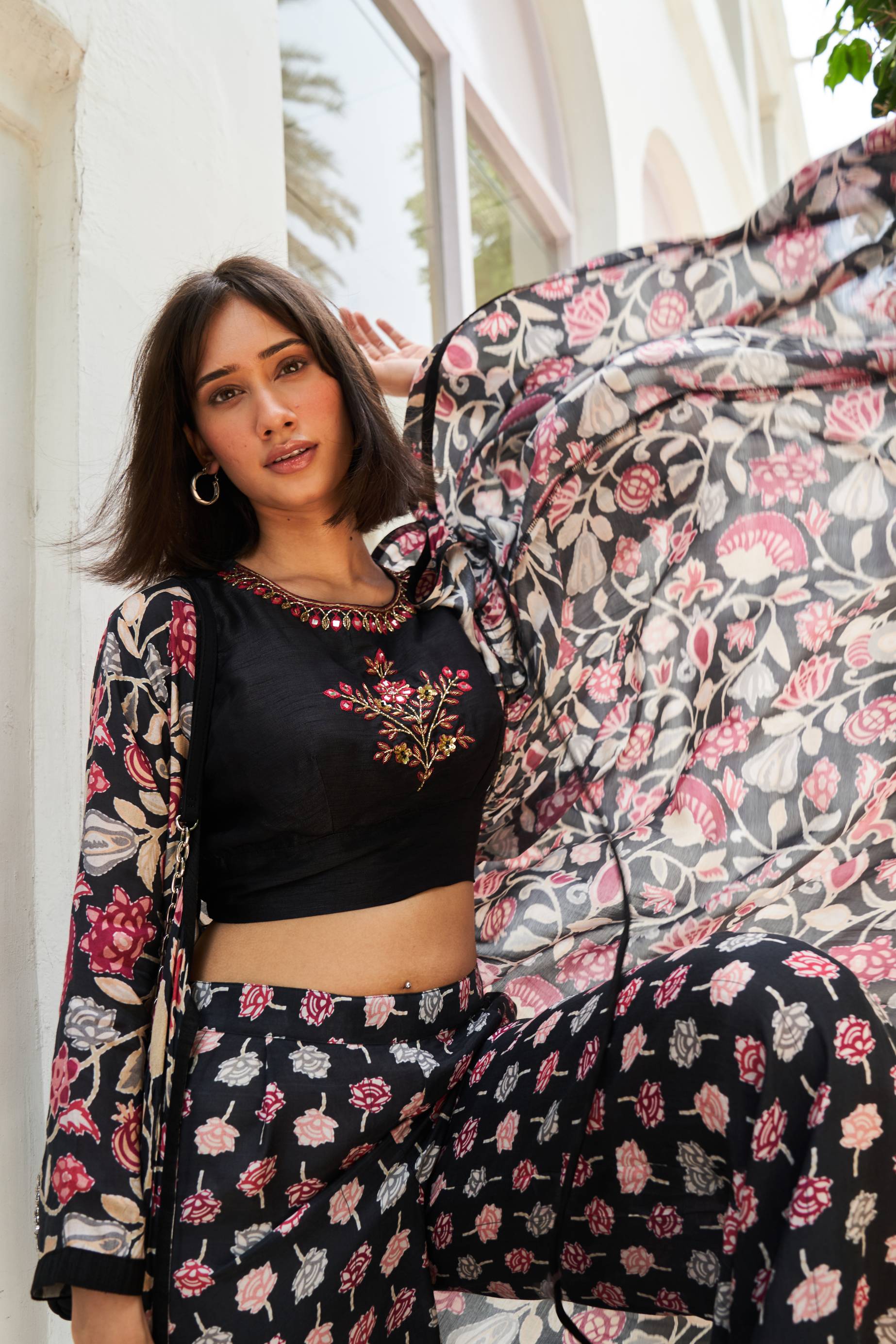
India accounts for almost 7 percent of global home textiles trade. It is also one of the top suppliers to the US which is the world’s biggest home textile-consuming market. Increasing efforts in quality improvement, innovations through R&D programs, and other preferential value-added features have helped India’s home textile products become more popular in the global market. The superior quality of Indian home textiles makes companies in India a leader in the US and the UK, contributing two-thirds to their exports. Delhi, India has emerged as one of the major production and export centres for home textiles. Traditional craftsmanship along with its distinctive appeal is being effectively used for producing value-added home textile items.
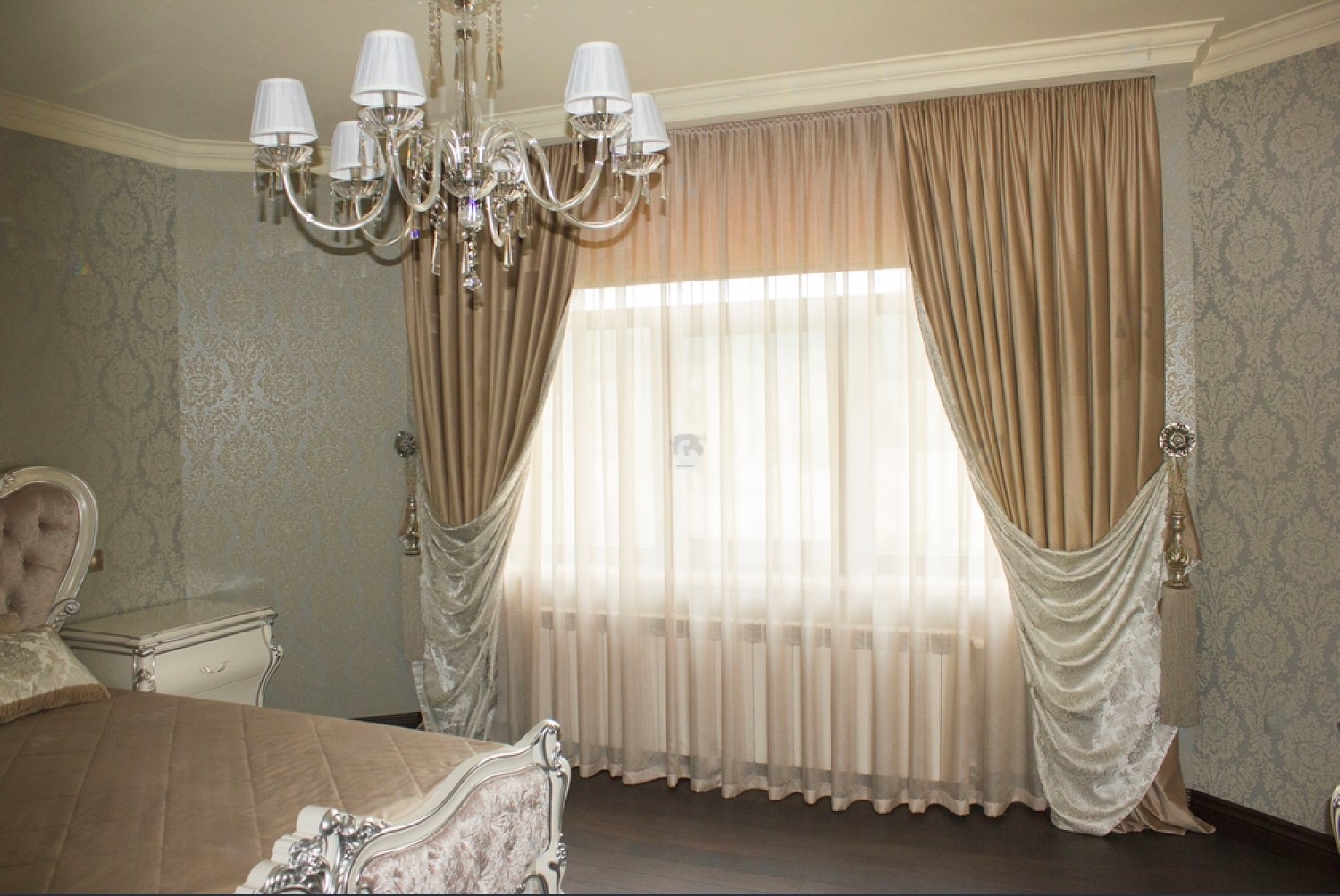 |
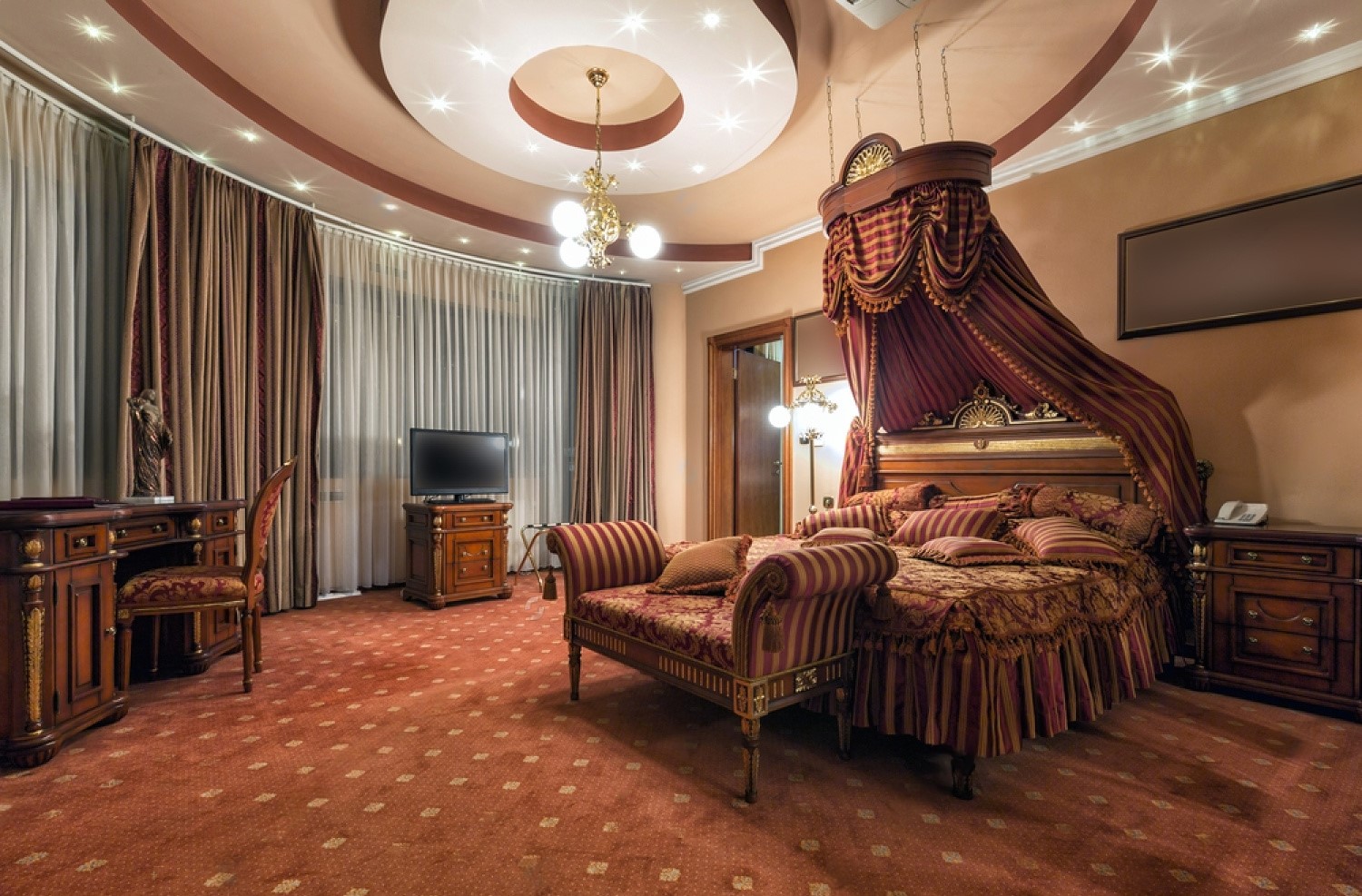 |
In terms of material innovation, home textiles today feature a wide variety of materials, including natural fibres like cotton, linen, and silk, as well as synthetic materials like polyester and microfiber. There is a growing demand for eco-friendly and sustainable options, leading to the emergence of textiles made from recycled fibres, organic cotton, bamboo, and other renewable resources. In terms of design and style, home textile designs have become more diverse and trend-driven. Consumers now have access to a vast array of patterns, colors, and textures to suit their personal preferences. Modern designs often blend traditional and contemporary elements, allowing for greater customization and personalization.
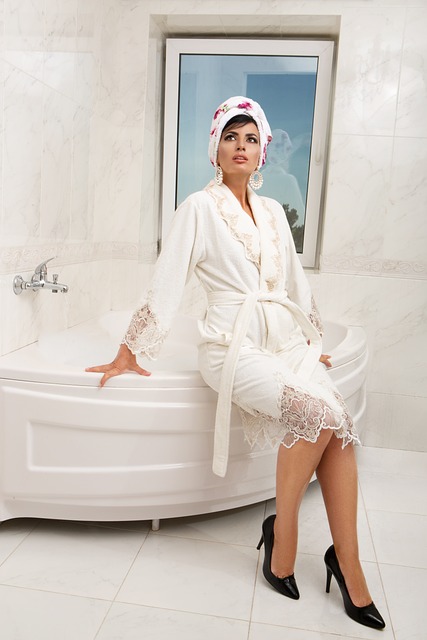
Technological and Innovation Advancements
Technology integration has made its way into the home textiles industry. Smart textiles, also known as e-textiles, incorporate electronic components or capabilities. For instance, there are bedding products with integrated sensors to monitor sleep patterns, or curtains that can be controlled remotely. Additionally, fabric treatment advancements have improved stain resistance, antimicrobial properties, and even temperature regulation.
The home textiles industry is increasingly embracing sustainability. Consumers are more conscious of the environmental impact of their purchases, leading to a rise in eco-friendly and ethical production practices. Many manufacturers now use organic or recycled materials, adopt water and energy-saving manufacturing processes, and prioritize fair trade practices. This demand for sustainable home textiles has led to the development of innovative materials and production processes.
Natural and renewable fibres, such as bamboo, hemp, and organic cotton, are being used as alternatives to traditional synthetic materials. Recycling and upcycling techniques are also being employed to create textiles from post-consumer waste, reducing the environmental impact.
Traditional dyeing and finishing processes can have a significant environmental impact due to the use of chemicals and water consumption. However, innovative dyeing and finishing methods, such as digital printing and waterless dyeing technologies, are emerging to minimize water usage, chemical waste, and energy consumption. The development of bio-based and recycled fibres also offers sustainable alternatives to conventional textile materials. Fibres derived from agricultural by-products, such as pineapple leaves and orange peels, or recycled plastics, can be transformed into durable and eco-friendly textiles. These fibres reduce the reliance on non-renewable resources and contribute to the circular economy.
Nanotechnology is also being increasingly used in home textiles to enhance their performance and functionality. Nano-coatings can be applied to fabrics to provide stain resistance, water repellence, and anti-microbial properties. Nanofibers can also be incorporated into textiles to enhance breathability, durability, and comfort.
Looking at the Future
As the concept of smart homes continues to evolve, home textiles are likely to become more integrated with smart home systems. We can expect textiles with built-in sensors and connectivity to interact with other devices in the home seamlessly. For instance, curtains that automatically adjust based on lighting conditions or bedding that adjusts its temperature based on individual preferences.
With advancements in technology, the future of home textiles may involve increased customization and personalization options. Consumers could have the ability to design their own patterns, select specific fabric combinations, or even use 3D printing to create unique textile designs tailored to their preferences.
Sustainability will remain a key focus in the future of home textiles. We can anticipate further advancements in sustainable materials and production techniques. The industry may see increased adoption of circular economy principles, where products are designed to be easily recyclable or repurposed at the end of their lifecycle.
Augmented Reality (AR) and Virtual Reality (VR) technologies have the potential to revolutionize the way consumers shop for home textiles. Virtual showrooms and augmented reality applications can allow customers to visualize how different textiles and designs would look in their homes before making a purchase, enhancing the overall shopping experience.
Further, as people prioritize wellness and self-care, home textiles will likely focus on providing enhanced comfort and functionality. We may see the integration of technologies that promote better sleep, such as moisture-wicking fabrics or textiles with built-in aromatherapy features.
Overall, the future of home textiles holds exciting possibilities, combining technology, sustainability, customization, and comfort to create innovative and personalized solutions for our living spaces.
 |
Rajiv Merchant, President (Domestic) Retail at Indo Count Industries Ltd Rajiv Merchant is considered as one of the few pioneers of the Indian bed and bath category. Over the past three decades, Merchant has introduced to Indian customer’s memorable bed and bath brands, winning retail concepts, innovative product lines, and contemporary Indian and western home textile designs. In the early 2000s, Merchant took charge as the founding CEO of Portico New York, after multiple successful stints in the textile industry (Trigger Jeans, Ashima group). In the next decade, he differentiated Portico as a design innovator in a category dominated by floral motifs and limited branded play. merchant also developed a market for licensed play in the bed and bath category with partners like Mattel (Hot wheels, Barbie), Disney, and Tommy Hilfiger. Post Portico, Merchant launched his own brand Tangerine, which was later licensed to Bombay Dyeing. Merchant is also the brain behind behind Indian Home Variations a part of Tangerine. This is a marketing and distribution company that offers internationally acclaimed, premium fashion-centric home décor solutions in India. Merchant is now a President for Domestic Retail business with Indo count Industries. He is a brand custodian to their in house luxury bedding brand Boutique Living. In the past three decades, Rajiv has won more than 14 awards - from DuPont, USA in packaging innovation, Best Home-ware brand by Shoppers Stop, ‘Most Promising Brand’ for Tangerine by ET and The Most Talented Retail Professional of India IHV’ by CMO Asia in 2015 to name a few. Merchant’s ability to curate latest global design trends for domestic consumer-oriented solutions as per Indian taste has made him one of the most sought-after leaders for top fashion and design houses in Asia which seek his guidance for new design introductions in this segment. |
Boutique Living Boutique Living was brought to India by Indo Count Industries Ltd., one of the leading end-to-end bedding solution providers of India. Over the past 25 years, Indo Count has woven together all the threads necessary to create a strong corporate culture with the expertise to create quality products delivered with the service and speed customers expect. Boutique Living was launched in July 2016 and is available in 87 cities in 20 states spread across 350 plus Multi Brand Outlets and Large Format Stores currently. The Brand also caters to some of the leading Hotels and offers in bulk to leading corporates and institutions in India as well. Boutique Living brings its expertise in refined quality bed linen, currently experienced by global home linen brands, now being introduced for the Indian consumer. With their robust R&D, technical know-how and in-house production, we offer superior products ranging from 300 thread counts to 1000 thread counts. Boutique living offers a wide range of bed linen in bold designs as well as plain and solids. The product range also includes comforters, dohars, draw sheets, coverlets, quilts, duvets, pillows, fitted sheets and a range of towels. With the highest quality in design led by technology, their range of products promises a sleeping experience like never before. They believe in providing comfort with style and offer quality as per global standards. The brand doesn’t sell products but dreams that make Indian homes look and feel beautiful. Boutique Living brings its expertise in refined quality bed linen, currently experienced by global home linen brands, now being introduced for the Indian consumer.









